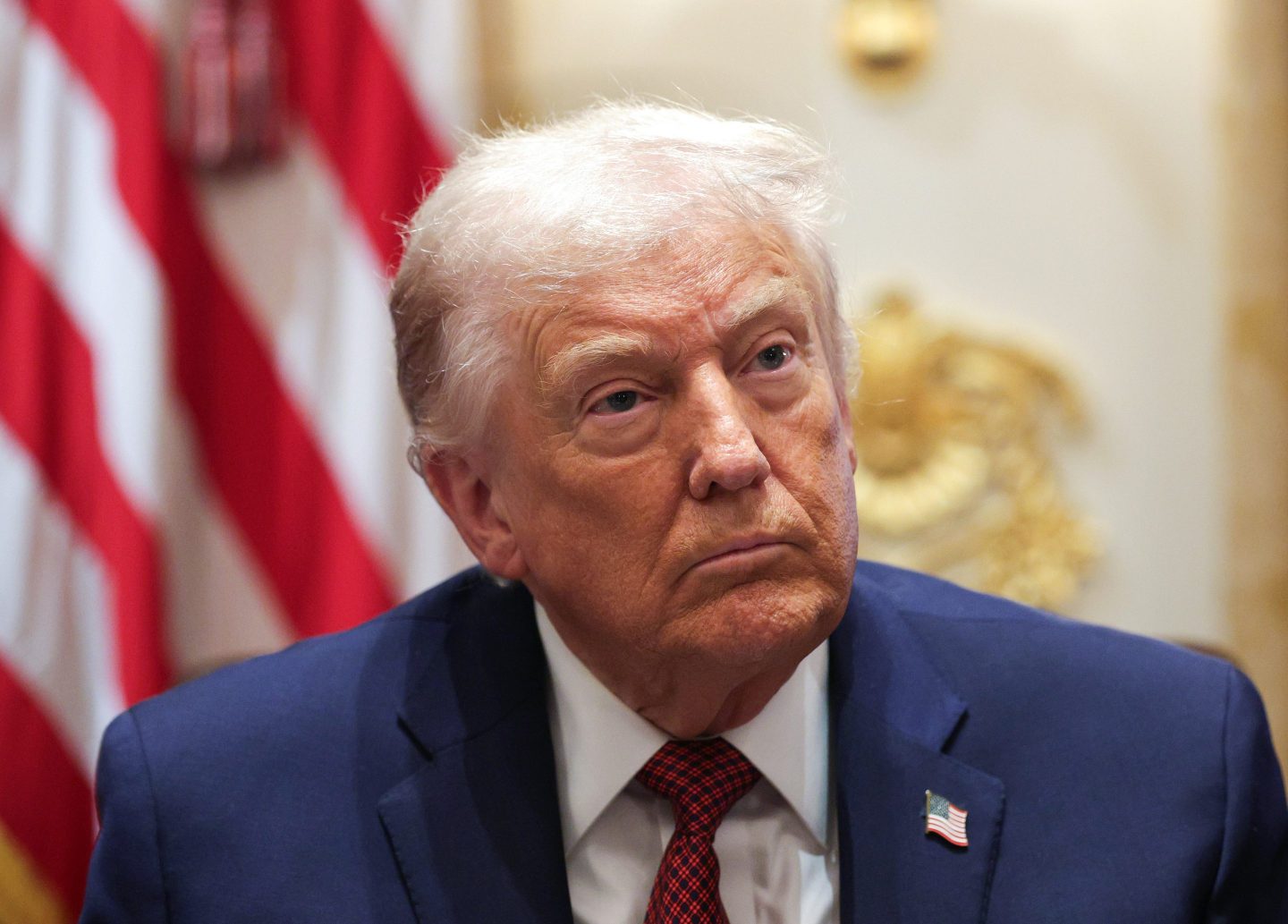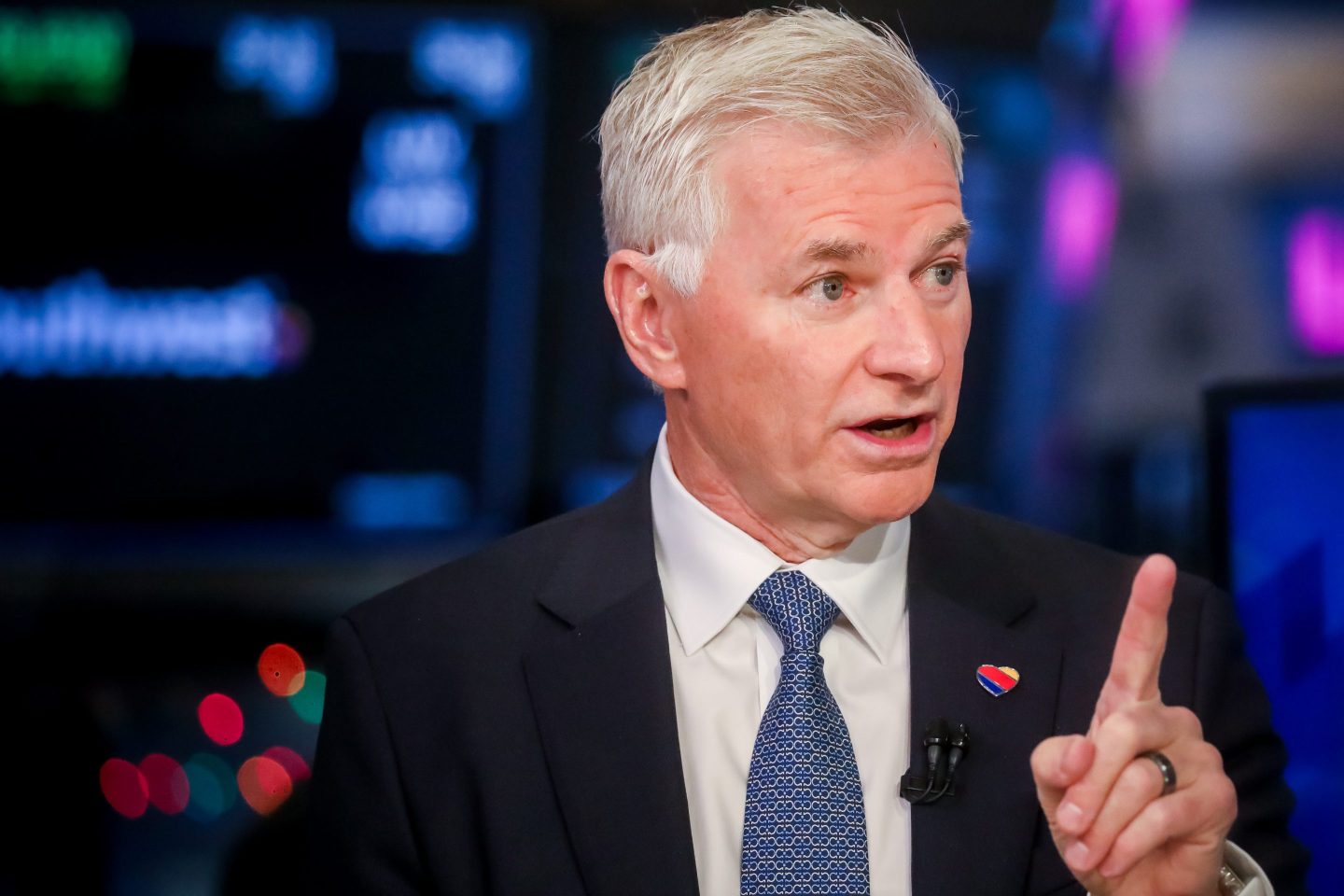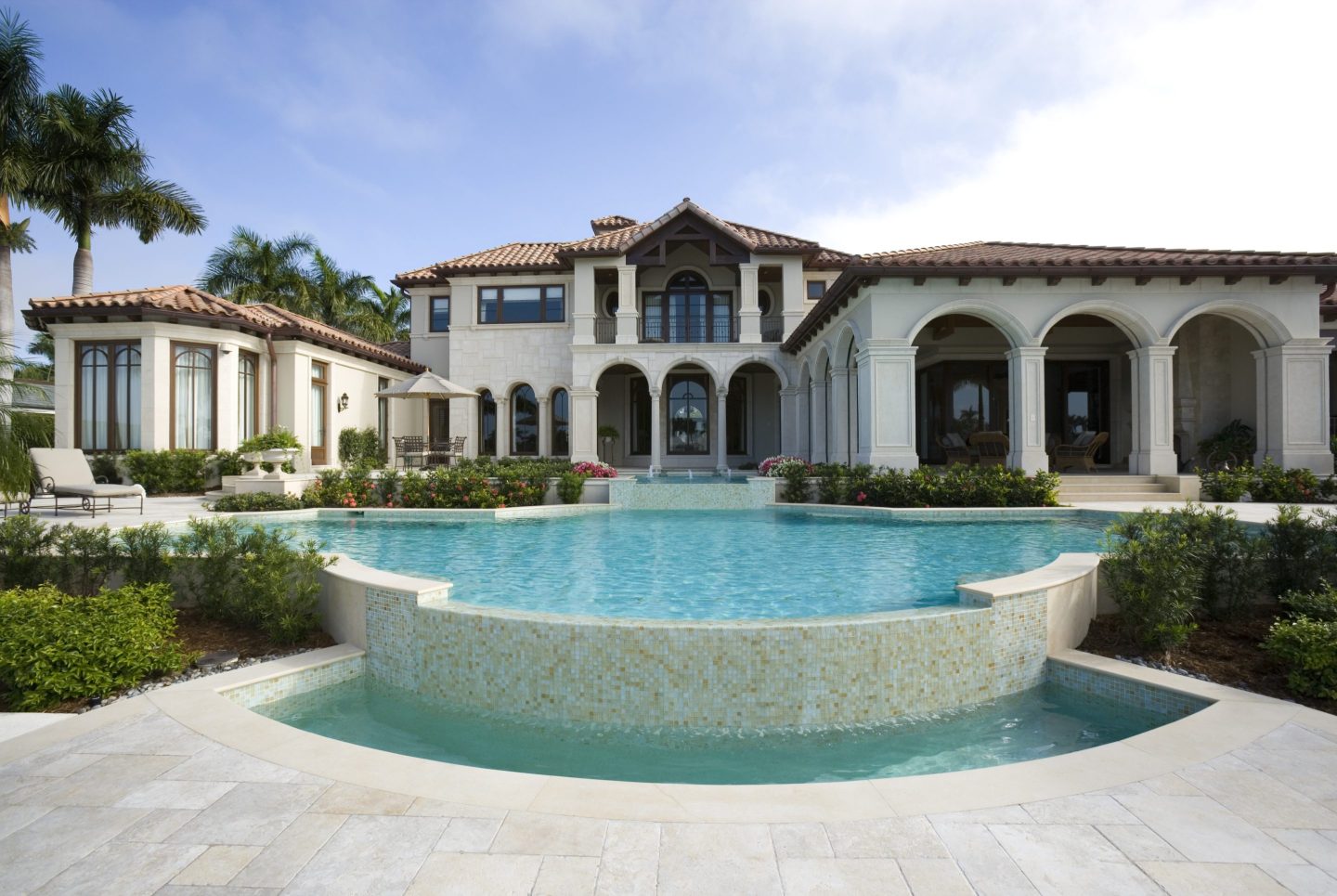The news that consumer confidence just reached a seven-year high should spell some relief for Democrats heading into next week’s midterm elections, right? After all, if the takeaway is that voters are feeling better about their pocketbooks, they should be expected to go easier on the president’s party.
Well, not exactly.
Historical data suggest the level of consumer confidence is a better predictor of election outcomes than the direction of the sentiment. And the magic benchmark in the Consumer Confidence Index that the incumbent party needs to hit is 100.
Yesterday, the Conference Board, which publishes the measurement, placed the October number at 94.5. In nine of the 11 presidential races since the group started compiling the data, back to 1968, if consumer confidence topped 100 going into the election, the incumbent party won the White House. The only exceptions: 1968 itself, when consumer confidence registered a towering 142 but Vietnam-weary voters elected Richard Nixon to replace LBJ; and 2000, though Al Gore won the popular vote as consumer confidence soared at 143.
So, what does a reading of 94.5 suggest? “That this will be more of a Republican year than a Democratic year, but not wildly so,” says Cliff Young, the U.S. president of public affairs for IPSOS, a market research company. That is, we don’t appear primed for a repeat of the last midterm elections, in 2010, when consumer confidence was bottoming out at 49.9 and Republicans made major gains.
In a nip-and-tuck election, that doesn’t necessarily tell us a lot about, say, who’ll end up in control of the Senate next year. But there is another fascinating predictive trend buried a little deeper in the numbers. As it turns out, people’s feelings about the economy and where it’s headed around the time of the midterms line up strikingly with which party captures the presidency two years hence. When people have expected things to get better, the incumbent party almost always goes on to the White House. In 1974, for example, consumers’ “present” attitude registered at 61.4, while their expectations were 12 points lower. Two years later, Jimmy Carter recaptured the presidency for Democrats. Conversely, in 1982, though confidence was ebbing at 17.8, consumers had far higher hopes, by a nearly 61-point margin, and a landslide returned Ronald Reagan to power two years later.
Remember, this correlation is not bullet proof. And there’s no guarantee that this relationship will continue to ring (mostly) true. To date, there has been one election in which the connection fell apart: The 1994 consumer snapshot revealed a shallow pessimism, as expectations dipped three points below consumer sentiment at the time, and Bill Clinton nevertheless engineered an easy reelection victory two years later. If the lesson for presidential aspirants is to be wary when the measures are closely bunched, the 2016 Democratic nominee (ahem) should be cautiously hopeful. The latest reading has expectations barely outpacing the current mood, by 1.3 points.












